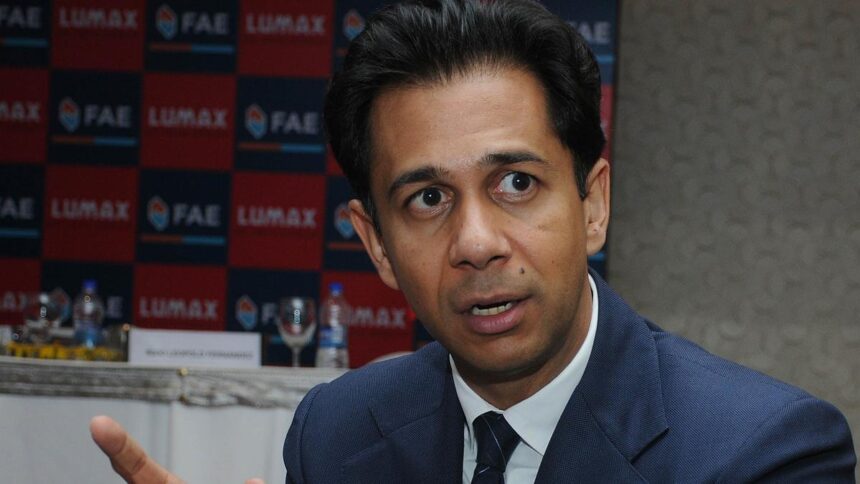
Premier Energies Limited is one of India’s biggest integrated solar energy equipment manufacturers. Representational image.
| Photo Credit: Getty Images/iStockphoto
With India targeting 500 GW non-fossil fuel capacity by 2030, of which solar would account for about 300 GW, Premier Energies Limited, one of India’s biggest integrated solar energy equipment manufacturers, is seeing a massive opportunity ahead, a top official said.
“The next decade is a defining period for India’s energy transition. With solar alone expected to contribute nearly 300 GW by 2030, the opportunity is unprecedented,” said Vinay Rustagi, Chief Business Officer, Premier Energies.
“We are focused on developing our capabilities and creating world class, globally competitive capacities using advanced technologies to replace imports. We see ourselves as catalysts in enabling India to meet its renewable targets while also emerging as a serious global player,” he said.
“Premier Energies aims to be at the centre of that transformation, maintaining a 20 percent market share while offering the world a cost-competitive, non-Chinese manufacturing alternative,” he added.
With a ₹12,000 crore capex plan underway, the company is scheduled to more than double it’s solar cell and solar module manufacturing capacity next year and would scale up further by FY28 — positioning itself among the largest fully integrated renewable equipment manufacturers in the world, he said.
Currently the company has 5.1 GW of module capacity which will reach 11.1 GW next year. Similarly the current 3.2 GW of solar cell capacity would increase to 8.4 GW next year.
To have a larger play in the sector the company has stepped into the broader arena of energy storage, solar inverters, aluminium module frames, and backward integration into ingots and wafers, he said.
Since the company’s workforce of 6,600 is expected to double in the coming year, it is partnering with ITIs and training institutes to have skilled manpower.
For the first quarter of FY26 the company reported revenue of ₹1869.5 crore, up 12% year-on-year. During the period, its profit increased 55% year-on-year to ₹308 crore.
Published – August 24, 2025 08:12 am IST























